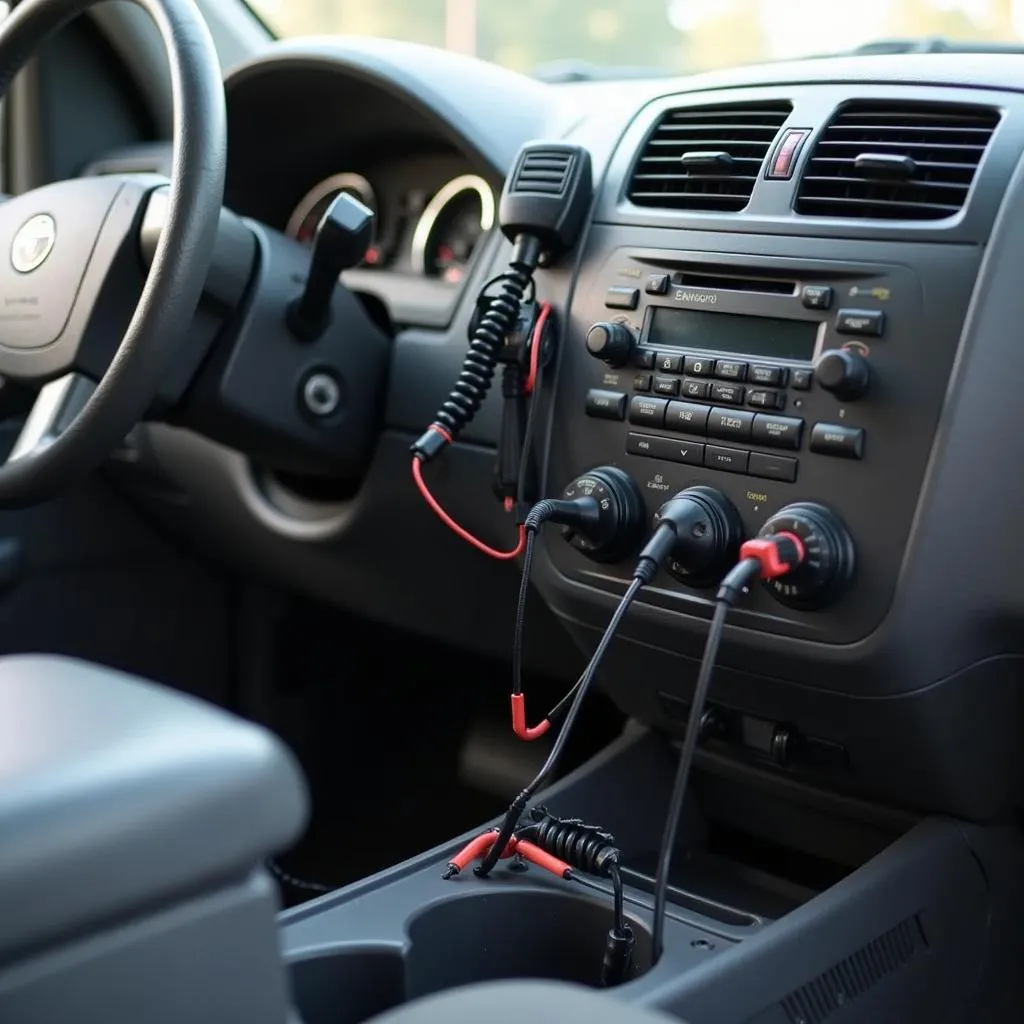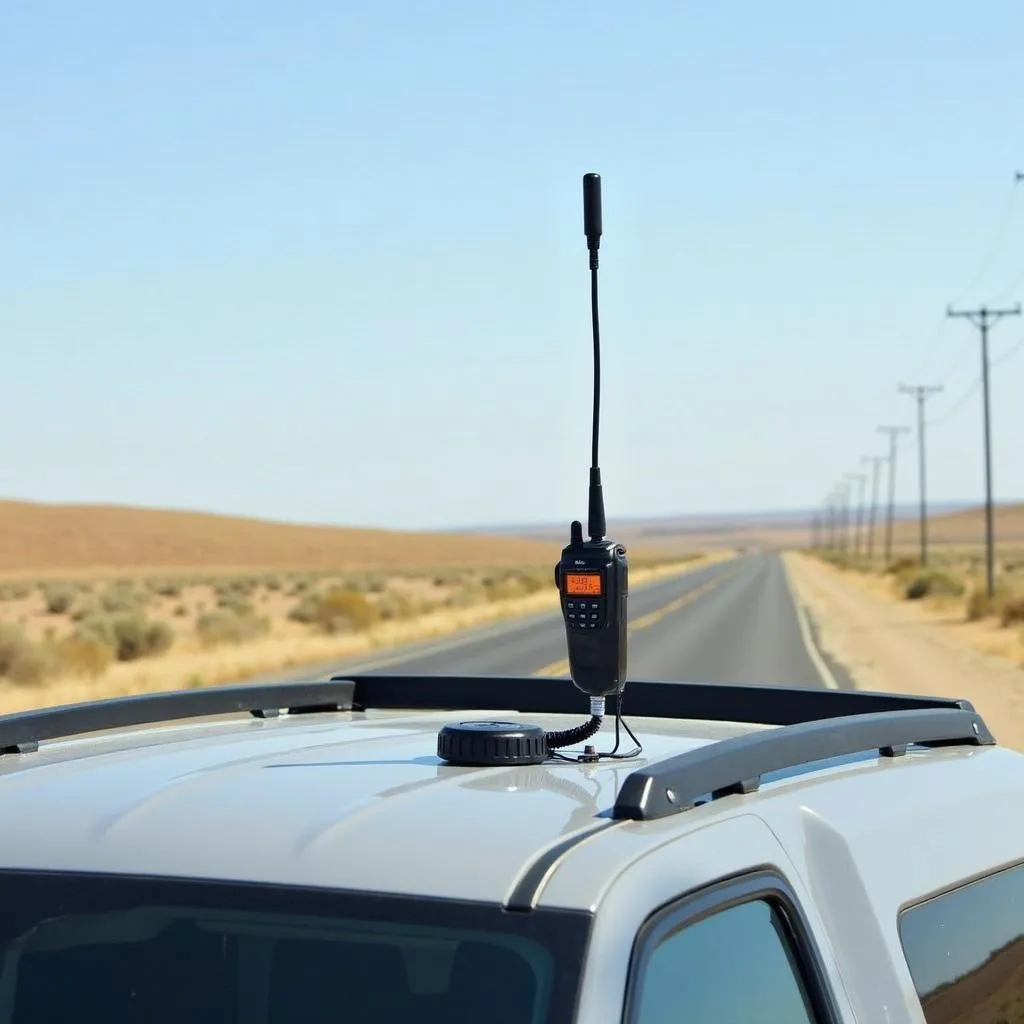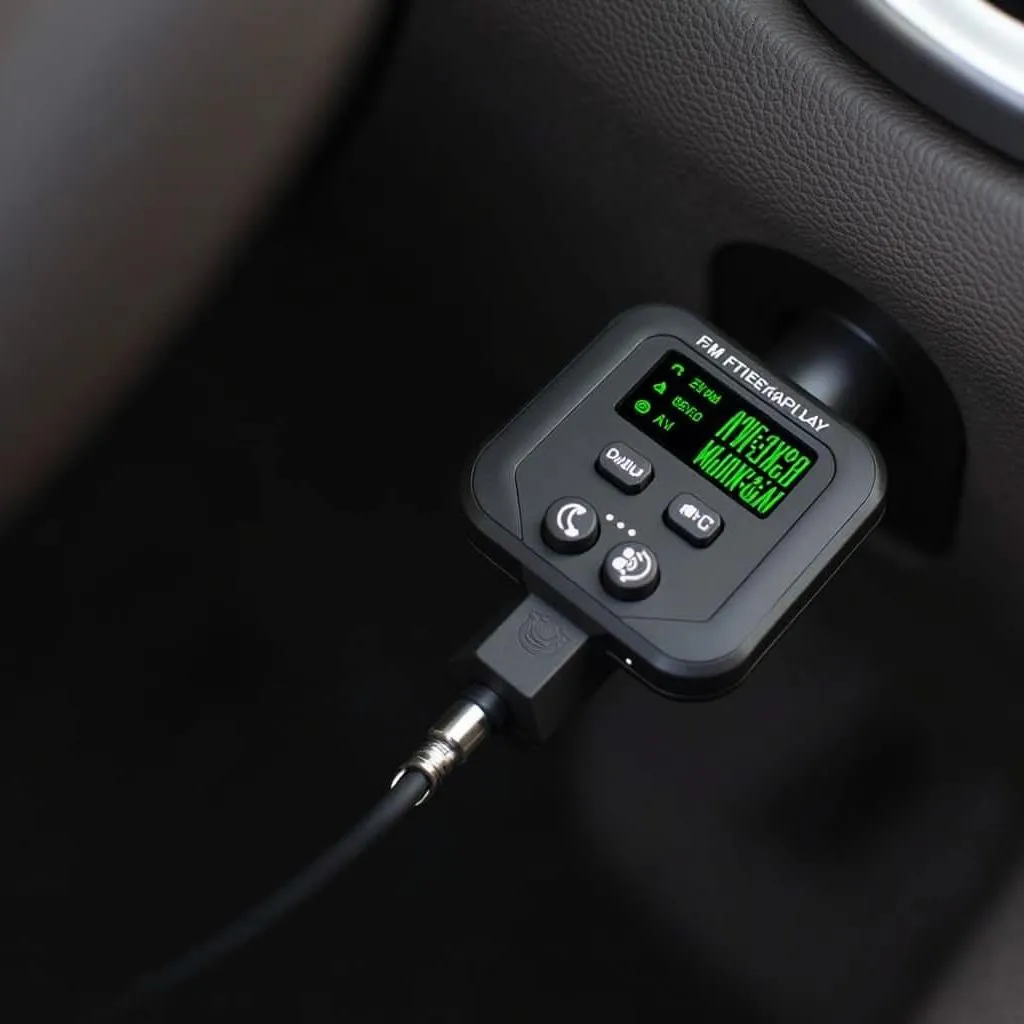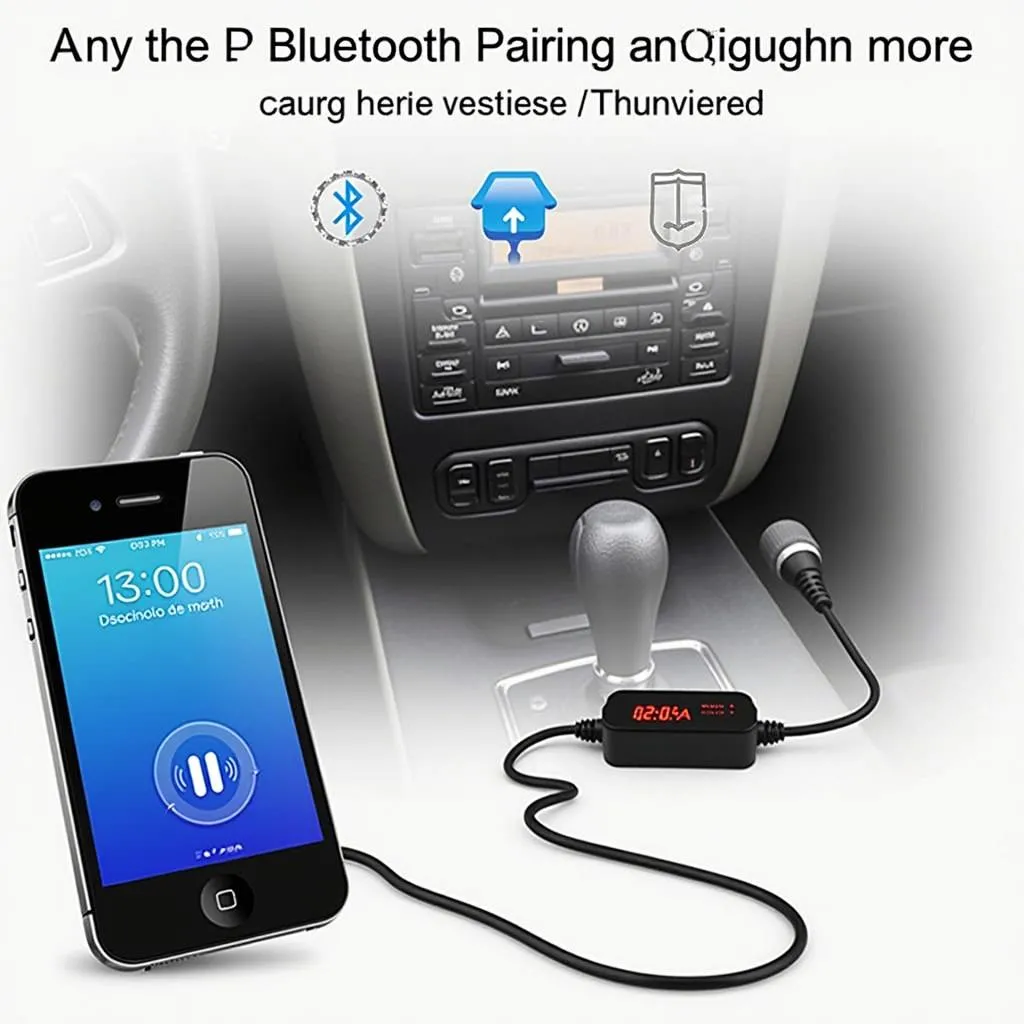For decades, CB radios have been a reliable communication tool for truckers and road trippers. While technology has advanced, the need for a communication system outside of cell service range is still relevant, and installing a CB radio in your car remains a popular upgrade. Fortunately, with a bit of guidance, it’s a project most car owners can tackle. Let’s break down the process into manageable steps.
Understanding the Components of Your Car’s Electrical System
Before diving into the installation, it’s helpful to understand the basics of your car’s electrical system. This will prevent unexpected surprises and ensure a smooth installation process.
Your car’s electrical system is essentially a network powered by the battery and controlled by various switches and relays. Understanding how to work safely with this system – disconnecting the battery before starting any work, identifying the positive and negative terminals, and locating a suitable grounding point – is crucial.
Common Issues When Installing a CB Radio
Even with careful planning, some common issues can arise when installing a CB radio:
- Finding a Suitable Grounding Point: A poor ground connection is a frequent culprit for static and poor performance. It’s crucial to find a clean, unpainted metal surface on the vehicle’s chassis for optimal grounding.
- Routing the Antenna Cable Correctly: Proper routing of the antenna cable is essential to prevent damage and ensure optimal signal reception. Avoid sharp bends and potential pinch points.
- Choosing the Right Antenna Location: The placement of your antenna significantly impacts its performance. Ideally, aim for a location with minimal obstruction, like the vehicle’s roof or trunk lid.
Diagnosing and Troubleshooting Installation Problems
If you encounter issues after installation, here are some troubleshooting steps:
- Check the Power Connection: Ensure the CB radio is receiving power directly from the battery or a fused connection to the fuse box. Use a multimeter to confirm voltage.
- Inspect the Antenna Connection: Verify that the antenna cable is securely connected to both the radio and the antenna itself.
- Test the SWR (Standing Wave Ratio): An SWR meter is an invaluable tool for fine-tuning your antenna. A high SWR indicates signal reflection and can be caused by improper antenna length or grounding.
Tools and Materials You’ll Need
Before you begin, gather the following tools and materials:
- CB Radio
- Antenna
- Antenna Mount
- Coaxial Cable
- Wire Strippers
- Screwdrivers
- Drill (optional, depending on the antenna mount)
- Electrical Tape
- Zip Ties or Cable Clips
Step-by-Step Guide to Installing Your CB Radio
Now, let’s get down to the installation process:
-
Disconnect the Battery: Always start by disconnecting the negative terminal of your car battery to prevent electrical shorts.
-
Choose a Location for Your CB Radio: Find a convenient and accessible location within your vehicle. Popular choices include the dashboard, center console, or under the dash.
-
Install the Antenna Mount: Follow the instructions provided with your specific antenna mount. This might involve drilling holes for a secure fit.
-
Run the Antenna Cable: Carefully route the antenna cable from the antenna mount to the chosen location for your CB radio. Avoid sharp bends and secure the cable with zip ties or cable clips.
-
Connect the Antenna Cable: Attach the antenna cable to the antenna and the CB radio, ensuring a secure connection.
-
Connect the Power: Connect the power wires of your CB radio to the car’s electrical system. Ideally, connect directly to the battery for cleaner power. Use an inline fuse to protect the radio.
-
Ground the CB Radio: Find a suitable grounding point on the vehicle’s chassis and connect the ground wire of your CB radio. Ensure a tight and clean connection.
-
Re-connect the Battery: Reconnect the negative terminal of your car battery.
-
Test Your CB Radio: Power on the CB radio and ensure it’s functioning correctly. Adjust the antenna as needed for optimal performance.
 CB radio installation in a car
CB radio installation in a car
FAQs about CB Radio Installation
Do I need any special tools to install a CB radio?
While you can complete the installation with basic tools like screwdrivers and wire strippers, a drill might be necessary for certain antenna mounts. An SWR meter is highly recommended for optimizing your antenna’s performance.
Can I install a CB radio in any car?
Yes, you can install a CB radio in virtually any car. However, the installation process may vary slightly depending on your vehicle’s make and model.
How do I know if I’ve installed my CB radio correctly?
A properly installed CB radio will power on, transmit, and receive clearly. Using an SWR meter is the most accurate way to ensure your antenna is set up for optimal performance.
Connect with Cardiagtech
At CARDIAGTECH, we offer a range of diagnostic tools and software for professional and DIY mechanics. Whether you’re troubleshooting an electrical issue or need help with advanced diagnostics, our team is here to help you get back on the road.
 Properly installed CB radio antenna on a car roof
Properly installed CB radio antenna on a car roof
This guide has provided you with a comprehensive overview of how to install a CB radio in your car. By following these steps and taking the time to understand your car’s electrical system, you can enjoy the added safety and convenience of clear communication while on the road.


